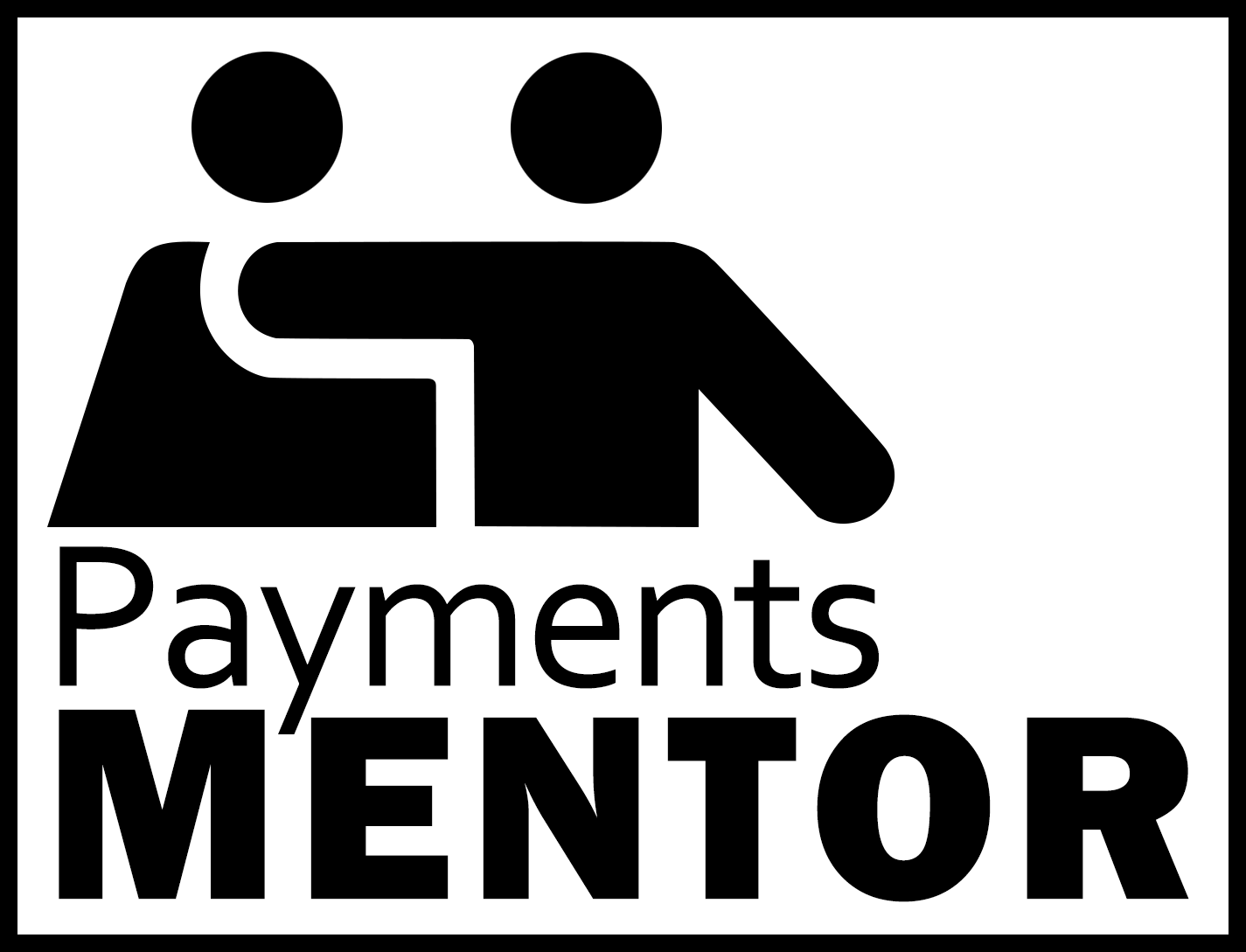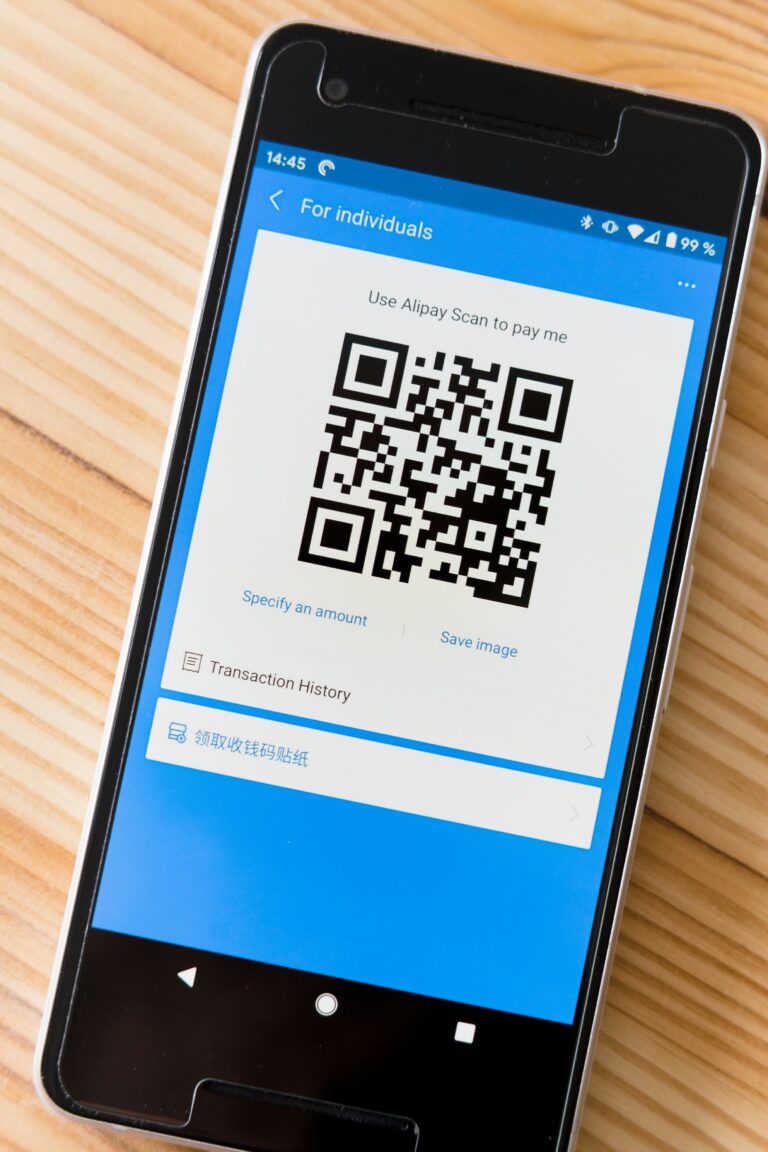While chargebacks may seem like an inevitable cost of doing business, there are proactive steps merchants can take to minimize their risk and protect their bottom line. By understanding the common causes of chargebacks and implementing proven prevention strategies, even the greenest of merchants can keep disputes at bay.
In this guide, we’ll dive deep into the world of chargebacks, exploring why they happen, how they impact your business, and most importantly—what you can do to stop them in their tracks. So whether you’re a seasoned pro or just starting out, read on to arm yourself with the knowledge and tools you need to fight back against chargebacks.
What are Chargebacks?
At their core, chargebacks are a form of consumer protection—a safeguard that allows cardholders to dispute unauthorized or fraudulent transactions and reclaim their money. When a customer files a chargeback, their issuing bank reverses the payment, pulling funds directly from the merchant’s account and returning them to the customer.
While chargebacks play an important role in shielding consumers from fraud and merchant misconduct, they can also be a major headache for businesses. Each chargeback comes with a host of fees and penalties, not to mention the loss of revenue from the original sale. What’s more, excessive chargebacks can damage a merchant’s reputation with their acquiring bank and payment processors, potentially leading to higher processing fees, held funds, or even account termination.
Understanding the ins and outs of chargebacks—why they happen, how to prevent them, and what to do when they occur—is critical for any merchant looking to protect their business and maintain healthy relationships with customers and payment partners alike.
Understanding Chargebacks: Why They Happen
Chargebacks can happen for a variety of reasons, but most fall into one of four main categories:
- Fraudulent transactions: This occurs when a purchase is made with a stolen card or by an unauthorized user. The true cardholder then disputes the charge, resulting in a chargeback.
- Product issues: If a customer never receives their order, or if the item arrives damaged or not as described, they may file a chargeback to recoup their money.
- Processing errors: Mistakes on the merchant’s end, such as unclear billing descriptors or duplicate charges, can lead customers to dispute a transaction.
- Subscription disputes: Customers who unknowingly sign up for a recurring subscription or have difficulty canceling may turn to chargebacks as a last resort.
While some chargebacks are the result of genuine fraud or merchant error, others fall into a gray area known as “friendly fraud”—when a cardholder disputes a legitimate charge, either out of confusion or in a deliberate attempt to game the system. In fact, friendly fraud accounts for a staggering 60-80% of all chargebacks, making it a particularly pernicious problem for merchants.
By understanding the various factors that can trigger a chargeback, merchants can take targeted steps to address each one—from implementing anti-fraud measures to improving customer communication and streamlining billing processes. The key is to be proactive, nipping potential issues in the bud before they have a chance to escalate into full-blown disputes.
Understanding Chargebacks: Why They Happen
Chargebacks frequently arise from unauthorized transactions, often involving stolen card details or deceitful purchases. Even with robust security measures, these incidents can occur, leaving merchants to shoulder the financial burden. Unauthorized transactions may also result from cybercriminals commandeering consumer accounts, making fraudulent activities appear legitimate. This emphasizes the necessity for sophisticated fraud prevention tools and constant monitoring of transaction behaviors.
Issues with products are another prevalent cause of chargebacks. Customers may initiate disputes if they don’t receive their orders or if the items fail to meet expectations. This can happen when delivery schedules are delayed or product descriptions lack specificity, leading to dissatisfied customers. To counteract this, merchants should focus on transparent communication and provide shipment tracking information. Addressing customer grievances swiftly can also help maintain trust and prevent disputes from escalating to chargebacks.
Errors in transaction processing, although often accidental, can lead to misunderstandings that trigger chargebacks. Such errors might involve ambiguous billing descriptions, redundant charges, or incorrect transaction amounts. When customers encounter unfamiliar charges on their statements, they’re more inclined to dispute them. This highlights the need for clear and recognizable billing descriptors linked to the merchant’s brand or service. Additionally, implementing verification checks within transaction processing systems can help identify and rectify errors before they lead to chargebacks.
Subscription-related disputes pose unique challenges, frequently stemming from automatic renewals or complex cancellation processes. Customers might forget about their subscriptions or be caught off guard by renewal charges, prompting them to dispute the transaction. To alleviate this, merchants should issue reminders before renewals and ensure the cancellation process is straightforward and transparent. Clear communication regarding subscription terms and proactive customer engagement can significantly reduce the likelihood of disputes in subscription-based models.
How to Prevent Chargebacks
Preventing chargebacks involves a comprehensive strategy that addresses potential dispute triggers before they escalate. Establishing transparent and straightforward return and refund policies is a crucial first step. When customers are well-informed about how to return products or seek refunds, they are more likely to resolve issues directly with the merchant rather than resorting to chargebacks. Clearly displaying these policies on your website and reinforcing them during the checkout process enhances customer understanding and satisfaction.
Delivering outstanding customer support is essential in minimizing chargeback occurrences. Ensuring customers have various channels to reach out—such as phone, email, live chat, or social media—encourages them to resolve problems directly with you. Handling inquiries with empathy and efficiency can prevent minor concerns from escalating into serious disputes. Training your support team to address and defuse potential conflicts effectively is key to maintaining customer trust and loyalty.
Improving billing descriptors is vital for preventing misunderstandings that might lead to chargebacks. Customers should immediately recognize the name on their bank statements as the business they interacted with. Utilizing a recognizable business name, acronym, or website URL can significantly reduce the chances of disputes over unrecognized charges. Regularly reviewing and updating these descriptors ensures they remain clear and aligned with customer expectations.
Integrating purchase verification tools such as Address Verification Service (AVS) and Card Verification Value (CVV) codes provides an additional layer of security against fraudulent transactions. AVS verifies the billing address entered by the customer against the address on file with the card issuer, while the CVV code confirms the cardholder’s possession of the card. These tools help verify transaction legitimacy, reducing the risk of unauthorized use leading to chargebacks. Implementing these technologies not only safeguards the merchant but also assures customers of secure transaction processes, fostering trust and confidence in your business practices.
Chargeback Prevention Tools
To effectively manage and reduce chargebacks, merchants should consider integrating specialized tools that offer comprehensive protection. Friendly fraud prevention services stand out by examining transaction behaviors and patterns to detect potential fraudulent claims. Utilizing advanced algorithms, these solutions can differentiate between genuine disputes and deceptive attempts, enabling merchants to proactively address issues before they evolve into chargebacks.
Chargeback alerts provide an essential early warning system by notifying merchants as soon as a customer files a dispute with their bank. This timely notification allows businesses to engage with the customer swiftly to resolve misunderstandings and offer solutions that prevent disputes from escalating. By maintaining open communication channels, merchants can often prevent the financial and reputational damage associated with chargebacks.
Network inquiry tools are invaluable for facilitating direct communication between merchants and card issuers. These tools allow businesses to present transaction details and supporting evidence directly to the card network, fostering a transparent and efficient dispute resolution process. Such direct interaction ensures that both parties have access to accurate information, thereby increasing the likelihood of a favorable outcome for the merchant.
Advanced representment services are crucial for contesting and recovering funds from unjust chargebacks. These services compile comprehensive evidence, including transaction records and communication history, to challenge chargebacks that lack merit. By systematically presenting this information, merchants can effectively dispute chargeback decisions, safeguarding their revenue and reinforcing their standing with payment partners. Engaging in this level of chargeback management underscores a commitment to protecting business interests while preserving customer trust.
Handling Chargeback Scenarios
Navigating chargeback scenarios demands a tailored approach to each unique situation. For fraudulent transactions, implementing advanced fraud detection tools is crucial. These tools should leverage cutting-edge technology, including anomaly detection systems that identify deviations from typical purchasing patterns, and geolocation analysis to pinpoint suspicious activity. By employing predictive analytics, merchants can anticipate and thwart fraudulent attempts, significantly reducing the risk of chargebacks.
In managing disputes related to products or services, it is vital to maintain thorough records of every transaction. Merchants should document all stages of the purchase process, from order confirmation to delivery. Providing customers with access to real-time tracking updates and photographic evidence of the product’s condition before dispatch enhances transparency. This proactive documentation can serve as compelling proof when contesting unwarranted chargebacks, offering a solid defense against claims of non-receipt or misrepresentation.
Billing descriptor challenges often stem from a lack of clarity in transaction entries on statements. To address this, merchants should ensure billing descriptors are not only clear but also closely aligned with their brand identity. Incorporating recognizable elements, such as the business’s name or website, can reassure customers of the transaction’s legitimacy. Regularly reviewing and optimizing these descriptors, alongside offering a direct contact number, provides customers with a means to quickly resolve any doubts, thereby preempting potential disputes.
Subscription-related disputes, particularly those involving automatic renewals, can be minimized by offering straightforward cancellation options and clear terms of service. Merchants should communicate these terms prominently at the point of sale and provide reminders ahead of renewals. Simplifying the cancellation process and ensuring it is easily accessible can greatly enhance customer satisfaction. By focusing on clear communication and accessibility, merchants can effectively reduce the incidence of chargebacks related to subscription misunderstandings.
Advanced Chargeback Management Tactics
To manage chargebacks effectively, merchants need a strategy that begins with a solid comprehension of the dispute codes used in chargebacks. These codes offer insights into the reasons behind disputes, allowing merchants to craft responses that are precise and contextually relevant. By establishing a robust system to track and analyze chargeback codes, businesses can tailor their responses to each specific scenario, thus enhancing their chances of a favorable outcome. This strategic approach not only fortifies the defense against chargebacks but also builds a repository of knowledge that can be used to refine future strategies.
Successfully contesting invalid chargebacks demands a methodical approach to gathering and presenting evidence. Merchants should focus on creating a detailed narrative that supports the legitimacy of the transaction, leveraging all available documentation, such as digital receipts and customer communications. Utilizing data analytics tools can enhance this process by quickly identifying patterns and anomalies in transaction histories that may support a merchant’s case. Streamlining this evidence-gathering process through automation or expert services allows merchants to allocate resources more effectively, ensuring disputes are handled with precision.
Proactive risk management is essential in minimizing chargeback occurrences. Regular evaluations of payment processes help identify weaknesses that could lead to disputes. By conducting these evaluations, merchants can implement targeted improvements, such as enhancing transaction security protocols or optimizing customer service interactions. Staying abreast of industry trends and technological advancements allows businesses to preemptively address potential threats, ensuring their chargeback management tactics remain effective. This focus on proactive risk assessment and adaptation not only reduces the incidence of chargebacks but also supports a resilient payment processing environment.
Tips on Avoiding Chargebacks
Continuously refining your approach to chargeback management is essential for minimizing disputes. By consistently assessing and fine-tuning your chargeback strategies, you ensure that your methods remain effective and responsive to current trends. This ongoing process not only reduces vulnerabilities but also reinforces a culture of vigilance and adaptability within your organization. Engaging cross-functional teams in these assessments can provide diverse perspectives and innovative solutions.
Harnessing up-to-date knowledge on payment security is crucial for safeguarding your transactions. Dive into industry reports, join professional networks, and participate in security-focused forums to stay informed about the latest fraud prevention techniques and regulatory changes. By embedding this knowledge into your operational framework, you enhance your resilience against emerging threats and cultivate a proactive defense strategy.
Developing a comprehensive chargeback response framework can significantly streamline your team’s efforts in handling disputes. This framework should cover every aspect of the chargeback process, from initial risk assessment to final resolution, ensuring a consistent and thorough approach. Regular training sessions, informed by this framework, empower your staff to address chargeback challenges with confidence and precision, thereby fortifying your business against potential financial setbacks.
Chargebacks may be an inevitable part of running a business, but with the right strategies and tools in place, you can minimize their impact and safeguard your bottom line. By staying vigilant, adapting to new challenges, and leveraging the expertise of industry leaders, you can navigate the complex world of chargebacks with confidence.
Related Frequently Asked Questions
How can merchants prevent chargebacks?
Merchants can reduce chargebacks through clear product descriptions, strong fraud filters, confirmation emails, prompt communication on shipping and delivery, and handling disputes proactively.
What are common chargeback reasons and how to address them?
Common reasons include unauthorized transactions, product not received, and poor customer communication. Prevent these by validating identity, providing accurate tracking, and responding quickly to inquiries.
Does a chargeback mitigation plan lower financial risk?
Yes. Implementing evidence collection, return policies, and customer service workflows reduces risk exposure, lowers fees, and improves overall dispute resolution outcomes.
Chris Jenkins is a veteran compliance executive with over 20 years of experience in fraud prevention, regulatory frameworks, and enterprise risk management. Currently serving as Head of Risk & Compliance at a leading payments processor, Chris helps build systems that prevent and respond to real-time threats while maintaining compliance with international standards like PCI-DSS and PSD2. His career spans senior roles at global card networks and advisory positions for startups, where he’s known for marrying innovation with robust security protocols.











